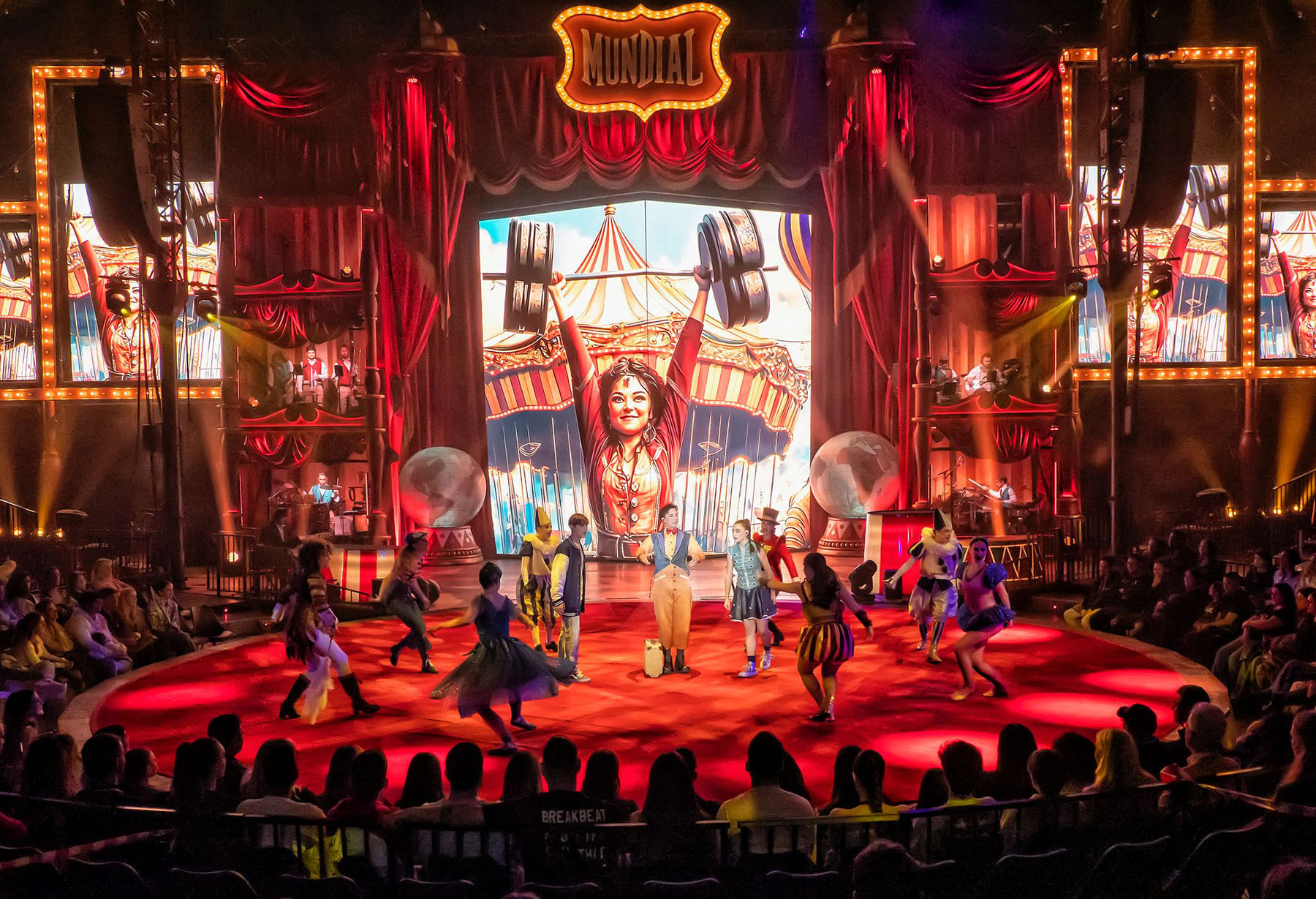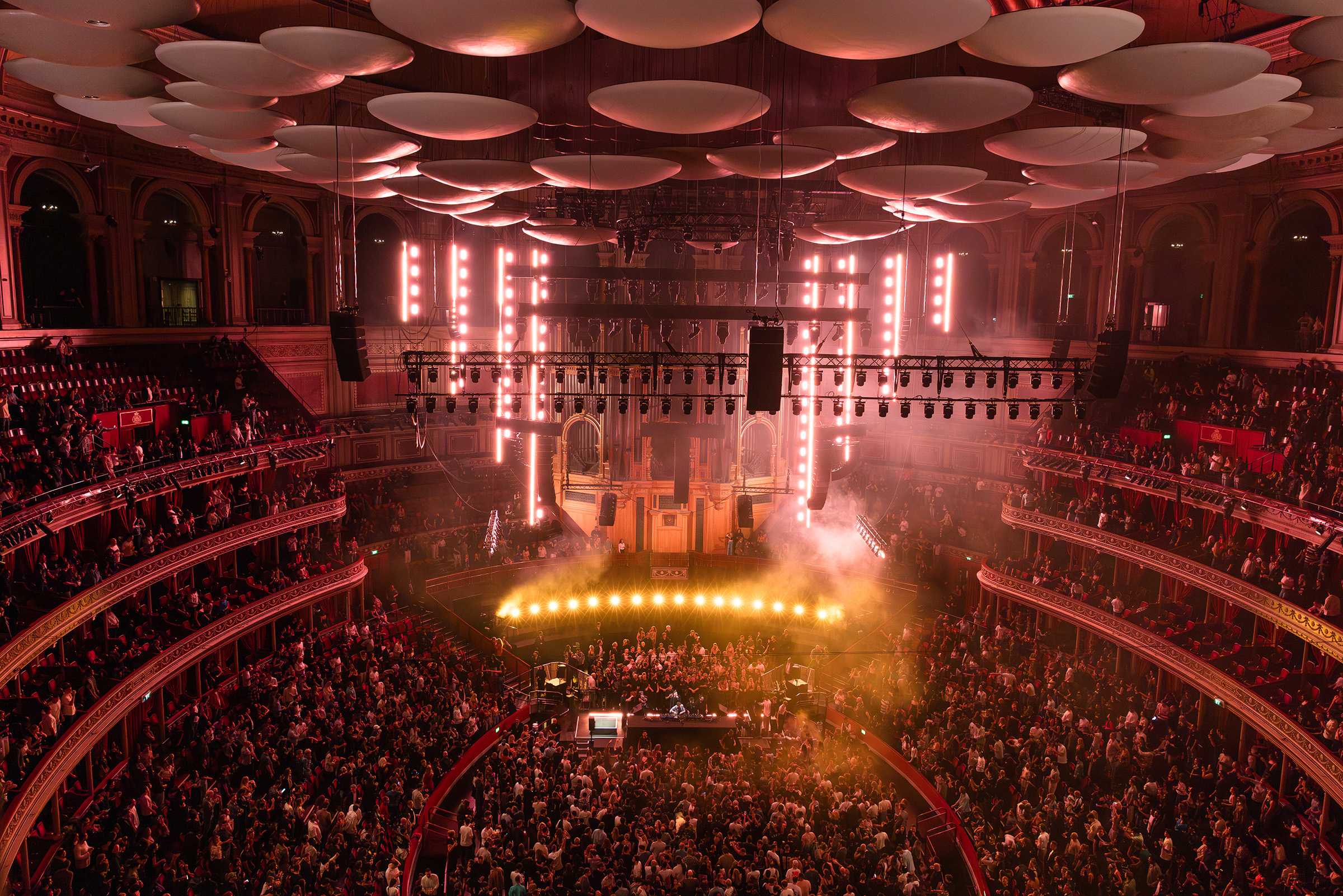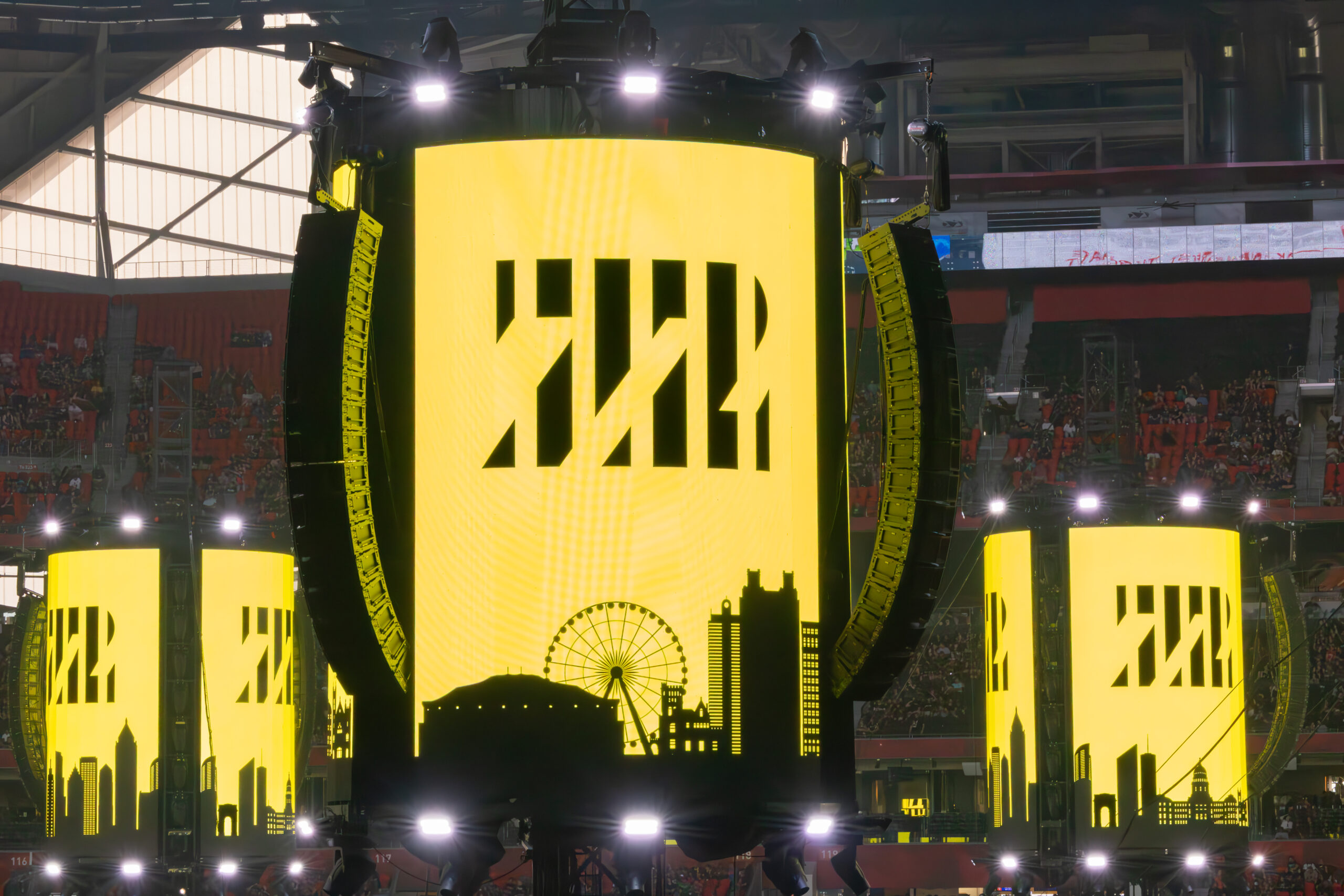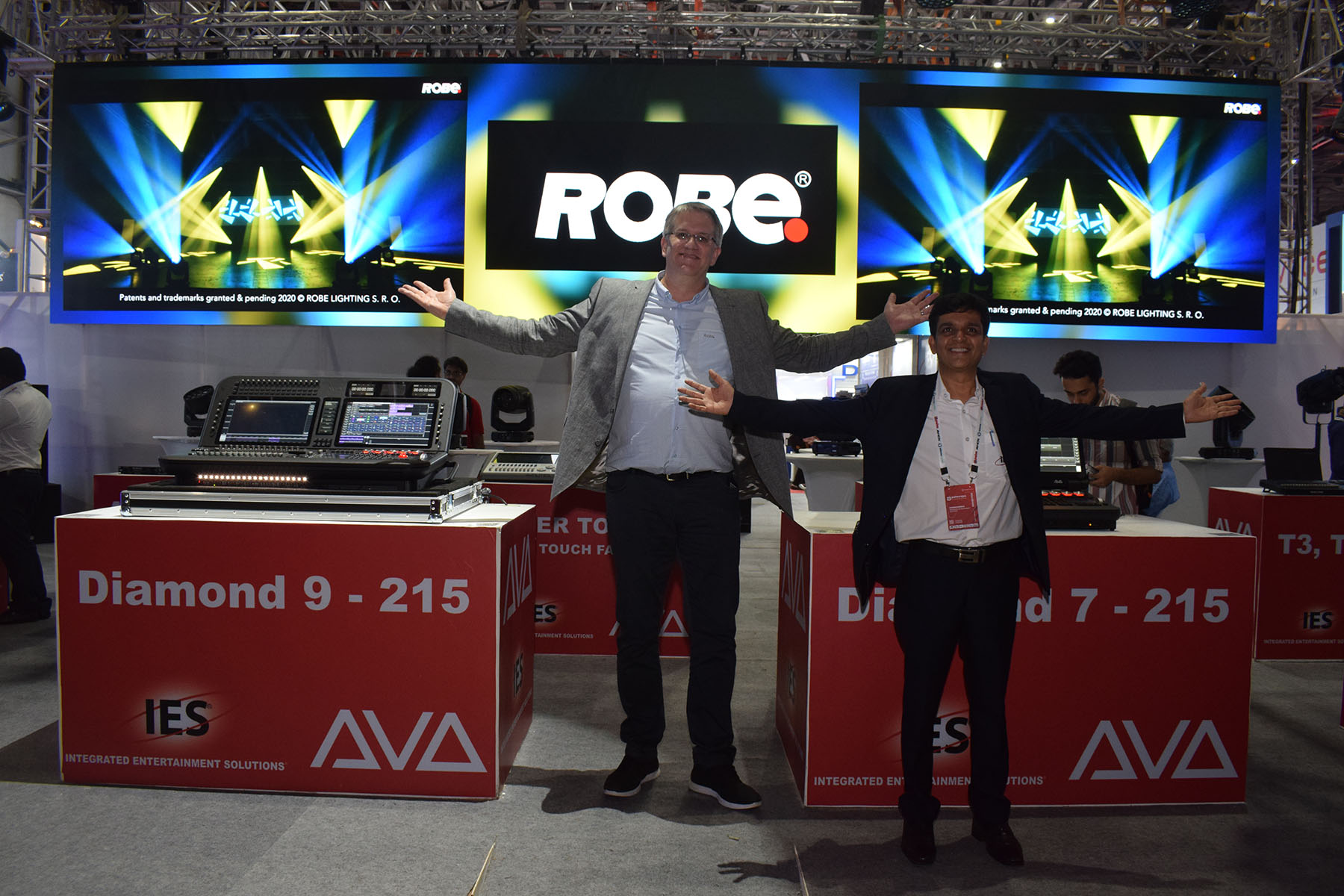ST. ANDREWS, Scotland – For the 2009 St. Andrews Festival, Ross Ashton from E/T/C London created a series of three projection art works. Two of the three works for the three-day event were projected on the ruins of the Cathedral of St. Andrews. For those two works, Ashton projected large moving images onto the altar area and one on the cloister walls of the ruins for the cathedral, which was completed after 150 years of construction in 1318. The third site was in St Mary's Quadrangle, part of St Andrews' university.
Ashton had produced a small piece for last year's Festival. Event organizer Rob Murray-Brown requested this year to do a piece specifically about St. Andrews, to be staged in the city. The sites were chosen by Rob Murray-Brown in consultation with Ashton, The University of St. Andrews and Historic Scotland.
Ashton chose from among the legends and myths surrounding St Andrew the one involving the monk Regulus (St. Rule), the keeper of St. Andrew's bones in Patras, Greece, where Andrew was crucified. Regulus had a dream telling him to take the bones, travel and form a church where he landed, and according to the legend, he survived a shipwreck in the harbor nearby.
The cathedral was built atop a cliff by the sea, and St. Andrew was apparently a fisherman, so Ashton chose images that wove together aspects of myths, life on the sea, religion and the city as a place of pilgrimage.
Ashton's separate but related storyboards for the three different locations, which differed in size and shape.
The Altar is a twin tower with the remains of the stained glass windows above, and the projection was about 13 meters wide and 30 meters tall. This was achieved using a PIGI 6K machine with a double rotating scroller. The work was titled "Via Caeli" (By Way of Heaven).
The Cloister wall projection "Via Maris" (By Way of the Sea) was 60 meters long and 10 meters high, and composed from three PIGIs with double rotating scrollers.
As with the Altar, some masking was required to fit the projections around the arches and the holes that would once have been windows.
The St. Mary's Quadrangle piece was called "Origin" and measured 20 meters wide by 15 meters tall, created with one cross-fading pair of PIGIs.
The projectors were all enclosed in weatherized hides supplied by E/T/C London, which protected the gear from windy, wet weather.
Each 15-minute show ran as a loop for three hours each evening of the Festival, with all shows programmed by Karen Monid using an OnlyCue PC based system. Monid also created soundscapes for the St Mary's and Cloister projections.
Ashton worked on the project on and off for close to a year, with site visits, meetings and research. He and Paul Chatfield then spent four weeks creating all the images and compiling them as PIGI artwork.
"It was a great privilege to be asked to work on this project to honor Scotland's patron saint in such an amazing location," said Ashton. "There were many technical and imaginative challenges in producing an engaging, informative and fun show."
For more information, please visit www.etclondonparis.com.



